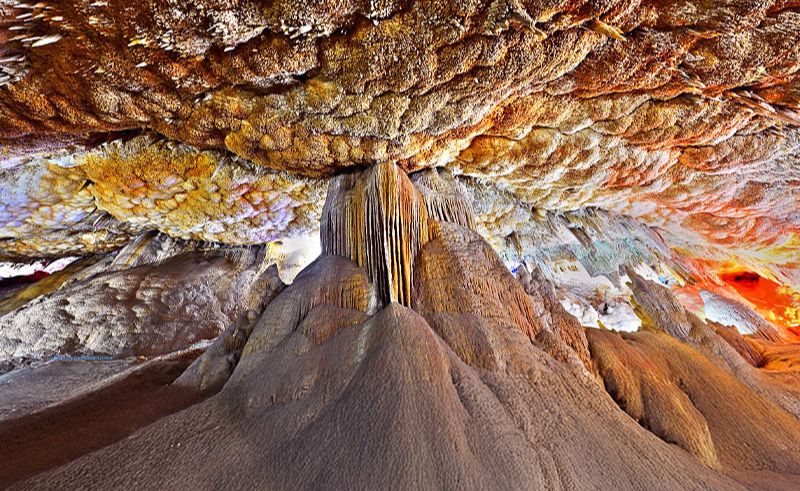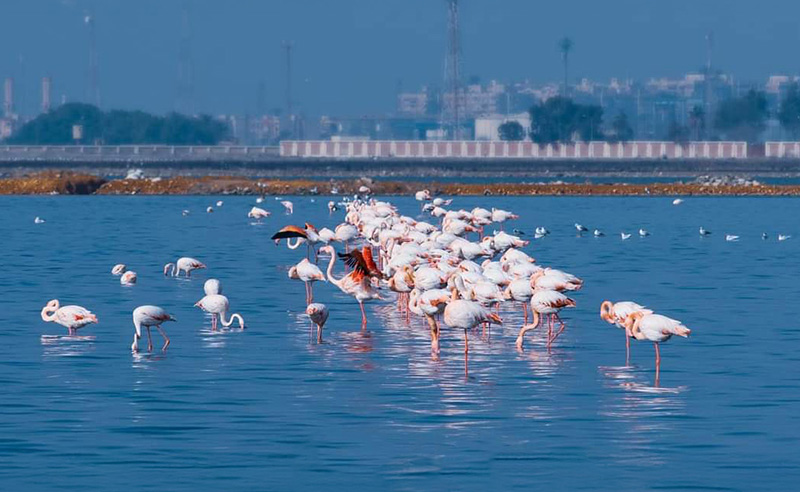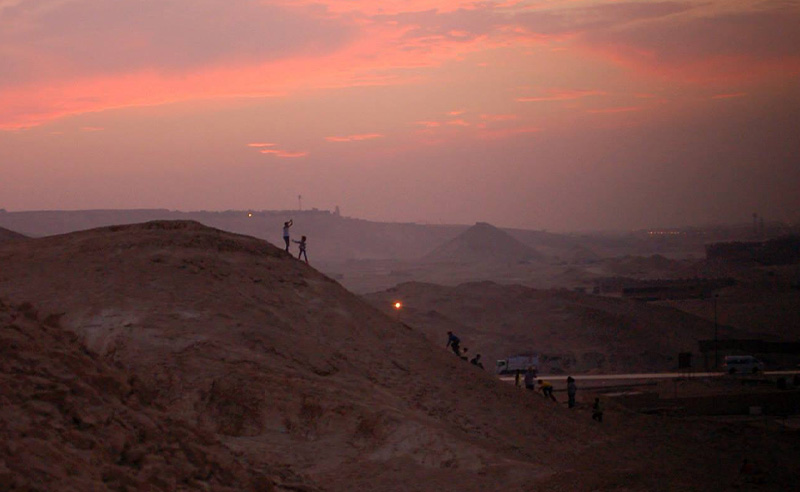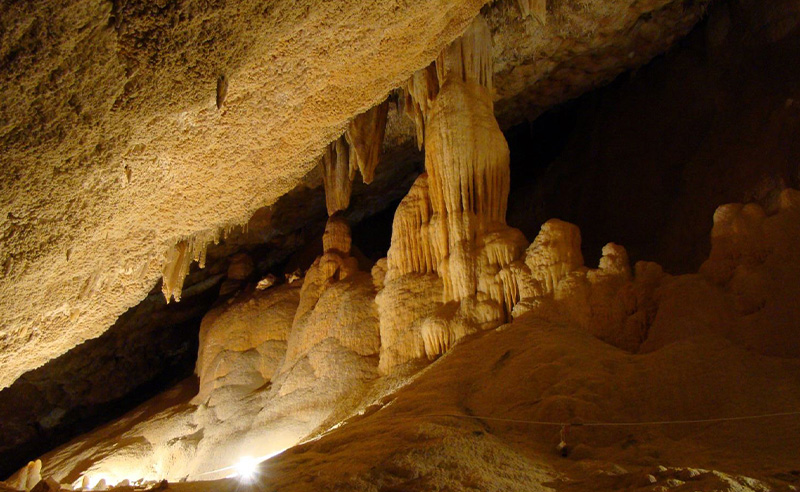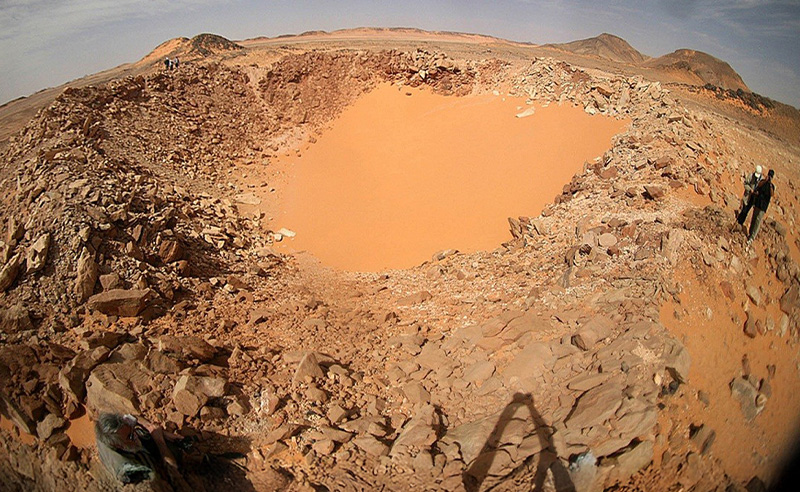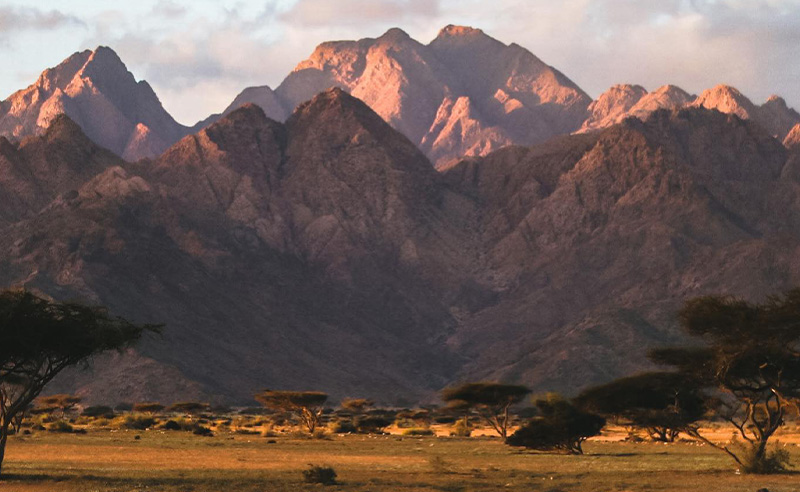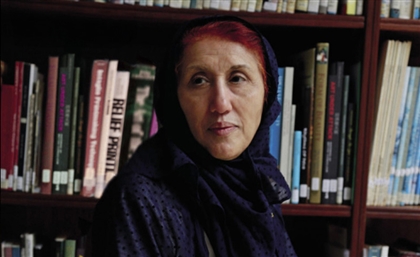Though often overlooked, these protectorates offer a window into the evolution of life on this sacred land.
When we think of Egypt, the mind immediately wanders to dazzling coastal retreats, awe-inspiring monuments that speak of a timeless history, the urban charm of Cairo with its ancient landmarks, or the haunting beauty embedded in the desert landscape of Sinai and the Western and Eastern Saharas.
Yet, for some reason, one treasure remains overlooked: Egypt’s natural protectorates.
Though often overlooked by tourists and locals alike, these protectorates are just as significant as the ancient temples and monuments. They tell a different kind of story, offering a window into the evolution of life on this sacred land, not just through human history, but through plants, animals, and the geological changes that have shaped our Earth.
With over 30 official natural protectorates, Egypt still has countless stories to tell and hidden beauty to uncover. These protected areas offer more than just a different experience for travellers—they’re perfect for a tranquil weekend escape, a place to reconnect with nature, and an opportunity to reflect away from the distractions of the modern world.
So, what is Egypt’s magnificent land still keeping hidden from us?
Lake Burullus Protectorate
Tucked away in Kafr El-Sheikh, northeast of the Rosetta branch, the Burullus Protected Area is one of Egypt’s most striking natural reserves. Spanning around 460 square kilometers—420 of which are covered by Lake Burullus, the country’s second-largest natural lake—this vast landscape is a true ecological treasure.
Framed by sweeping sand dunes, the lake creates a unique habitat that supports around 135 species of plants, along with rich salt marshes and wild flora used for fodder, medicine, and fiber. It also serves as a critical stopover for migratory birds, making it a vital link in international bird migration routes.
Declared a protected area in 1998, Burullus stands out not only for its beauty but also for its ecological importance. It plays a key role in biodiversity conservation and serves as a living laboratory for environmental research—offering sanctuary to countless species and insight into the delicate balance of Egypt’s natural ecosystems.
Ashtum al-Gamil Protectorate
Situated along the Saheli Road between Damietta and Port Said, Ashtum al-Gamil was declared a natural protectorate in 1998 and spans 35 square kilometers. Though modest in size, this coastal reserve plays a major role in the region’s ecosystem.
Every spring and autumn, it becomes a critical rest stop for migratory birds, offering a safe haven where they can pause, feed, and refuel during their long journeys. The area also provides refuge to several endangered species, including the Green and Blue-winged Teal, Marsh Harrier, Egyptian Geese, Ringed Dove, Alexandrian Quail, Black-crowned Night Heron, and Purple Swamphen.
Resident birds like ospreys, pelicans, woodpeckers, and herons can be found year-round, alongside a rich marine environment teeming with mollusks, crustaceans, and various species of fish. For birdwatchers, biologists, or anyone with a love for coastal nature, Ashtum al-Gamil is a hidden gem worth discovering.
Kobat al-Hassana Protectorate
Declared a natural protectorate in 1989, Kobat al-Hassana is located in the Wadi al-Hassana area of Abo Rawash, spanning just over one square kilometer. What it lacks in size, it more than makes up for in geological significance. This site is home to striking rock formations and natural structures rarely found elsewhere in Egypt.
Often referred to as a “natural laboratory,” the area offers a treasure trove of rare rocks and fossils—particularly marine fossils dating back an estimated 100 million years. These remnants provide invaluable insights into Earth’s ancient past, making Kobat al-Hassana a hotspot for scientific research and a site of global geological importance.
Sannur Cave Valley Protectorate
Located about 115 km southeast of Cairo and 10 km southeast of Beni Suef, the Sannur Cave was discovered in the 1980s when quarry blasting revealed its entrance. This limestone cave, overlaid with alabaster and shaped by thermal springs, is believed to be the longest cave in Egypt, with a history stretching back around 65 million years.
The cave is renowned for its stunning geological formations, including impressive stalactites and stalagmites. Due to its extraordinary geological significance, it was declared a natural protectorate by the Egyptian government in 1992.
Mount Kamel Meteor Protectorate
Declared a national protectorate in 2012, Mount Kamel is located east of Auwainat in Al-Wadi Al-Gadid.
The reserve gained attention in 2011 when a team of Egyptian and Italian researchers discovered evidence of a meteor strike in the area. Research suggests that this event occurred between 2,000 and 5,000 years ago.
Among the findings was a remarkable 85 kg meteor fragment, which is now displayed at the Geological Museum.
The Gebel Elba National Park
Nestled in the southeastern corner of Egypt, Gebel Elba National Park spans 35,600 square kilometers, bordering the Halaib Triangle near Sudan.
Established in 1985, the park is known for its remarkable diversity of ecosystems, from coral reefs and mangrove coastlines to rugged mountain terrain. Its rare climate, which receives significant rainfall, supports an unexpected range of vegetation compared to the rest of Egypt’s arid landscape.
Due to its remote location and environmental significance, access to the park is tightly controlled, often requiring permits and a police escort. Nevertheless, Gebel Elba remains one of Egypt's most pristine natural areas, offering a sanctuary for wildlife and breathtaking landscapes for those fortunate enough to visit.
